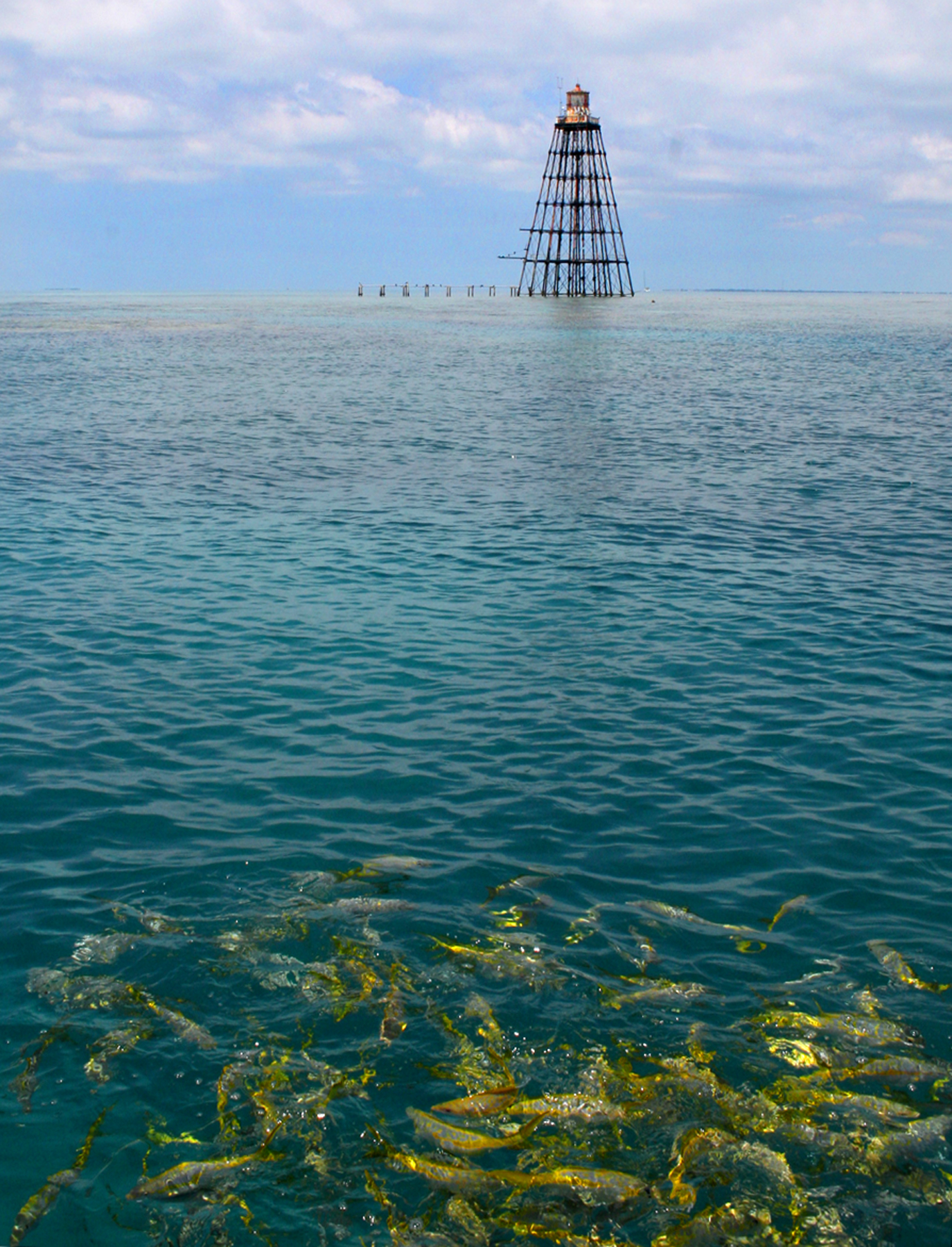Written by Tim O'hara
The Florida Keys National Marine Sanctuary on Tuesday will release the first draft of proposed changes to its management plan when the Sanctuary Advisory Council meets in Marathon.
This is the first time the Sanctuary has updated its management plan since the Sanctuary was established in 1997. Potential changes in the new document could include redrawing the boundaries of marine-protected areas in the sanctuary.
Sanctuary officials will release a draft of the sanctuary’s new management plan, called the Restoration Blueprint, and an environmental impact statement when it meets at 9 a.m. at the Isla Bella Beach Resort in Marathon. The meeting is open to the public. An agenda is posted at www.floridakeys.noaa.gov. This meeting will be streamed live on YouTube.
The Sanctuary plans to hold a series of workshops in the Keys and South Florida.
The “Restoration Blueprint” plan for the 2,900-square-mile marine sanctuary will offer four alternative scenarios ranging from no new action to a high level of environmental protection.
After months of public meetings and discussions with state and federal agencies, the final version likely will combine several elements of the various alternatives.
“We have a reef in crisis,” said Sanctuary Advisory Council member Capt. Will Benson, a longtime fishing guide who was born and raised in the Florida Keys. “Florida Bay is in crisis. We are watching the resource diminish. I want to know this plan is going to address these concerns.
“There are acute problems. I hope the plan is sufficient to address these concerns and protect the sanctuary.”
Benson expressed confidence in Sanctuary Superintendent Sarah Fangman to guide sanctuary staff and the advisory council through the implementation of the plan.
“This will be her first big test,” said Benson, who serves on the board of The Lower Keys Guides Association. “I support Sarah. She has shown real leadership.”
Fellow council member Capt. Joe Weatherby also wants to make sure the new management plan adequately addresses all the issue facing sanctuary waters.

“I want to see real work come out of this and not 10 years worth of studies,” Weatherby said. “I want action and tangible work. We are losing habitat at an alarming rate. ... I am hopeful. I believe in the Sanctuary Advisory Council and in sanctuary staff. We keep talking about calls to action. We need action.”
Capt. Bill Kelly, executive director of the Florida Keys Commercial Fishermen’s Association, said his group would like to see an increase in marine law enforcement officers to patrol sanctuary waters. Currently, there are 55 Florida Fish and Wildlife Conservation Officers in the Keys and Kelly would like to see that number increase by 10.
Kelly also expressed confidence in Fangman and looks forward to working with the advisory council and staff on the plan’s implementation.
“We will be actively involved in the development of the plan,” Kelly said.
Brett Fitzgerald, Executive Director of the Angler Action Foundation, agreed with Kelly’s sentiments. “Most recreational anglers agree with management rules that are designed to protect our eroding resources, and a stronger visual presence of law enforcement serves as an effective reminder that there are indeed rules that must be followed.”
Fitzgerald also pointed out the need to periodically assess the effectiveness of the plan and says anglers can play a role. “Anglers can participate by providing catch data through programs like iAngler, which sheds light on valuable markers such as catch rates and size structure of the fish we release.” Researchers can use this data to observe trends in fish populations.
